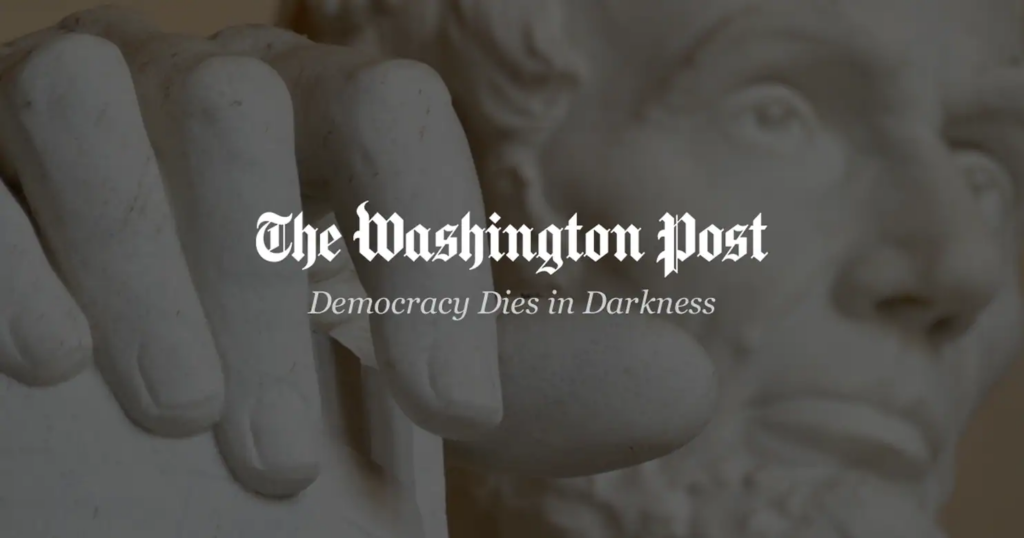In particular, the proposed regulations would prevent for-profit management companies that run nonprofit charters from accessing federal funds. Even ardent charter supporters shun for-profit charters, which significantly underperform traditional public schools, and the new guidelines would close loopholes that have fostered fraud nationwide and especially in states including Arizona where loose regulations have emboldened legislators to enrich themselves on the taxpayer’s dime.
That kind of common-sense rule should serve as a first step toward a truce in the decades-long conflict over the role of charters in public education. Alas, it probably won’t.
The debate about charter-school regulations has become a proxy for a wider and even higher-stakes fight over the proper role of government. Since at least the era of President Ronald Reagan, conservatives have seen privatization as a way to undermine public schools and teachers unions, rejecting guardrails and often ignoring the original mission of charters to foster educational innovation.
Meanwhile, public-school advocates have been so busy defending the traditional public-school system, which they correctly argue is essential to democracy, that they rarely focus on finding ways to improve it.
Indeed, rancor between charter and public-school proponents is so toxic that a potentially mutually beneficial Biden proposal for granting funding to charter schools — that they demonstrate collaboration with a public school or district — seems almost impossible to achieve.
That’s a shame because the new guidelines offer quite a few possibilities to find common ground; ways to strengthen the charter sector while also protecting public schools.
Consider the proposed requirement that new charters reflect the movement’s original promise of promoting teacher innovation and “robust family and community engagement.” Such an approach could rebuild public trust in charter-friendly cities like New Orleans, which dismantled its public school system and replaced it with private operators over 15 years ago following Hurricane Katrina and, in the process, alienated much of its African-American community.
Instead of engaging local families, officials began by firing the city’s mostly African-American teachers — a sizeable swath of its middle class — and replacing them with inexperienced Teach-for-America recruits, most of whom only lasted a year or two. At the same time, charter authorizers recruited out-of-state charter-management organizations that established a harsh-discipline schooling model that often worked against the interests of New Orleans’s poorest and most vulnerable children. The authorizers explicitly excluded even well-regarded local groups from winning charters.
Given no say in the new education system, community groups rebelled — not just in New Orleans, but in Indianapolis, Kansas City and other cities where the same model was being imposed.
New Orleans belatedly and reluctantly recognized the need for community engagement and eventually made room for a handful of independent, community-led charters like Morris Jeff, which fought an uphill battle for authorization and funding and was launched with the express intention of allowing teachers to unionize and have a say in school policies. The well-regarded school offers an international baccalaureate program and is among a minority of integrated schools, but New Orleans is still dominated by large charter management organizations.
Increasing community engagement would mean supporting more schools like Morris Jeff and inviting more family input. It should also mean giving teachers a role in school decision-making, which has been shown to improve both public and charter schools. To that end, charter schools should reserve a percentage of governing-board seats for family members elected by parent-teacher organizations, as well as teachers elected by colleagues. (Unlike public schools, which have elected boards, charters have appointed boards and sometimes exclude family members from serving.)
The new guidelines also could be used to promote racial integration. Charters “can be a great vehicle” for doing so by drawing on students from multiple neighborhoods and appealing to students of diverse backgrounds, said Halley Potter an educational researcher at the Century Foundation.
There are also important elements of the White House guidelines that predictably inflame charter advocates. For example, they might keep some charters from opening when they threaten the stability of nearby public schools as they have in the East Harlem neighborhood of New York City. There, high concentrations of charters led regular public elementary and middle schools to enroll double and sometimes triple the proportion of special-needs kids of nearby charter schools, which often discourage special-needs applicants.
Traditional public schools still educate the vast majority of American children. The hostility to almost every aspect of the Biden guidelines is sad confirmation of the animosity toward this vital institution itself. It also shows the difficulty of finding common ground that could quell the education wars and foster improvements across sectors.
More From Bloomberg Opinion:
• End the Federal Attack on Charter Schools: Michael R. Bloomberg
• When ‘School Choice’ Means the Opposite: Andrea Gabor
• Democrats, Don’t Give Up on Education Reform: Bloomberg Editorial Board
This column does not necessarily reflect the opinion of the editorial board or Bloomberg LP and its owners.
Andrea Gabor, a former editor at Business Week and U.S. News & World Report, is the Bloomberg chair of business journalism at Baruch College of the City University of New York and the author of “After the Education Wars: How Smart Schools Upend the Business of Reform.”
More stories like this are available on bloomberg.com/opinion

